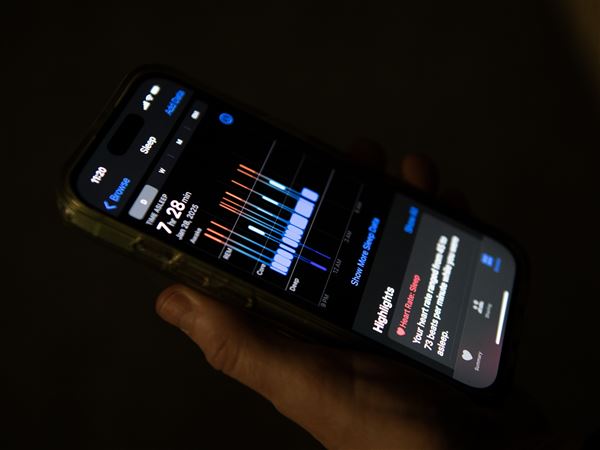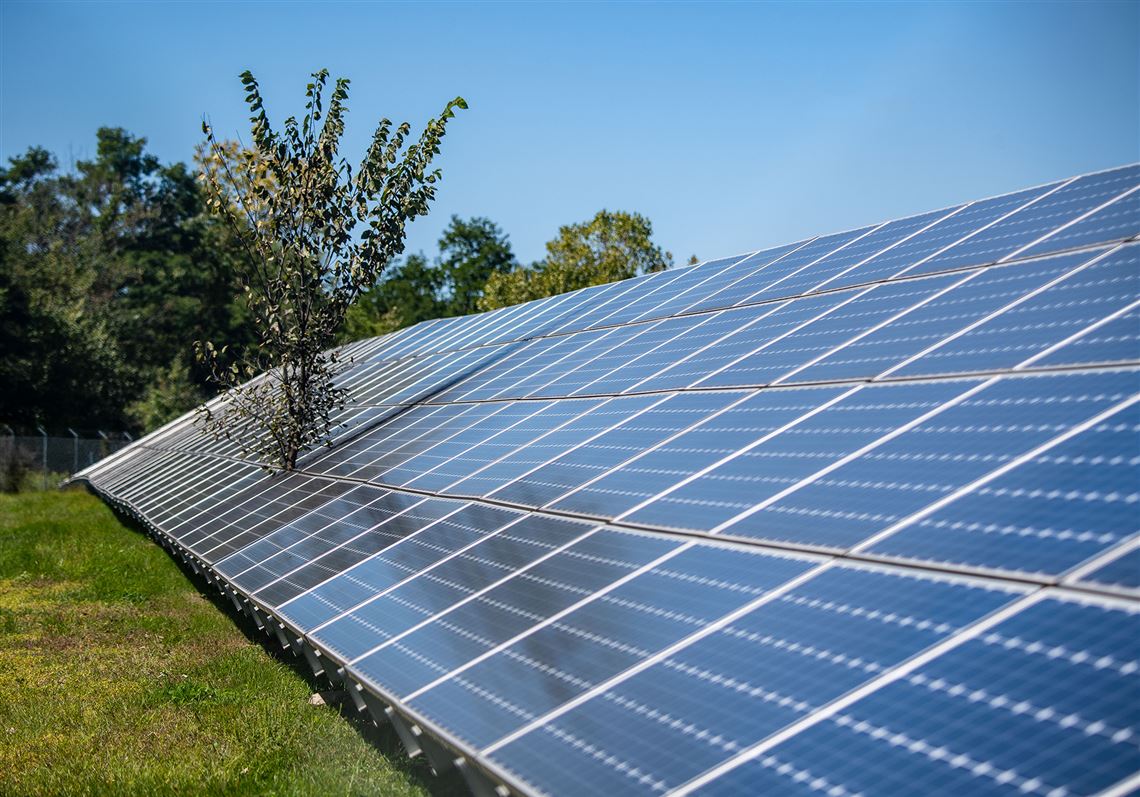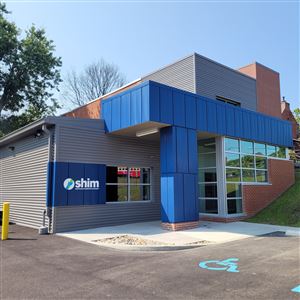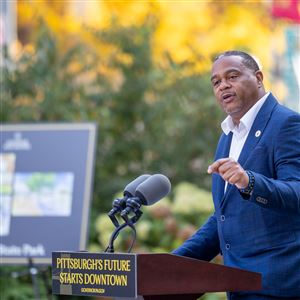Pennsylvania is doing well by some renewable energy metrics, but is lagging behind almost the entire country when it comes to increasing solar, wind and geothermal production over the past decade, PennEnvironment and other environmental partners announced Thursday.
The Keystone State is behind only Idaho, Washington state and Alaska in terms of increasing its production in those three areas during the last 10 years, said Ellie Kerns, climate and clean energy advocate with the PennEnvironment Research & Policy Center.
While it has made progress in other areas, like electric vehicle registrations and growing solar energy, data from the Department of Energy and other sources show that the state should do more to reach renewable energy goals, she said.
“Despite Pennsylvania's legacy of leading on energy development, we are falling behind the national pace of renewable energy growth and missing out on the huge economic and environmental opportunities that the renewable energy economy offers,” Ms. Kerns said.
The data released Thursday covers various metrics, including the amount of solar energy produced, wind energy produced, electric vehicle registrations, electric vehicle charging ports and energy saved.
Broadly speaking, the state has improved in every one of those categories from 2014 through 2023, except for wind generation and energy saved, according to the data. Energy saved was tracked from 2013 through 2022, the latest data available.
Other states are showing a roadmap, Ms. Kerns said. For instance, Pennsylvania passed one gigawatt of solar electricity in December of last year, while New Jersey — which has less easily available land and a smaller population — will soon pass five gigawatts of solar, she said.
A few local examples of solar projects, Ms. Kerns said, include Crafton Heights United Presbyterian Church in Pittsburgh and St. Paul's Episcopal Church in Mt. Lebanon. Both were able to use the Inflation Reduction Act, a bill passed by Congress in August 2022 that included more than $780 billion for energy and climate change.
Some elected officials said during Thursday’s news conference that it remains important to support policies and invest in renewable energy. State Sen. Steve Santarsiero, D-Bucks, said passing Gov. Josh Shapiro’s bills for requiring utility companies to get to supplying 35% of their power from renewable energy sources like wind and solar by 2035 is important.
There is other legislation “which would require Pennsylvania’s largest global warming polluters to pay for their harmful emissions, and then invest those funds in clean energy projects and energy rebates for Pennsylvania consumers,” PennEnvironment said in a news release.
Mr. Santarsiero, who said he recently bought a Ford electric vehicle, remains confident in the bill’s changes in the upcoming year, given Mr. Shapiro has built a coalition of environmental and labor advocates during his time in office.
The legislation is also already drafted, so lawmakers are more prepared to debate and try to get it passed.
“It puts us in a position where we can really make this front and center as an important policy goal for the next fiscal year,” Mr. Santarsiero said.
Industry leaders and advocates said that incentives also can help drive more people to think about supporting renewable energy policies and funding.
Aaron Nichols, marketing and advocacy specialist of Exact Solar, a solar energy company based in Bucks County, said the Inflation Reduction Act was crucial in offering more tax credits for those who switch to solar.
“When we're talking about a person by person basis, people usually want to know what's in it for me, and the more incentives that we can add, the more likely people are to switch to solar,” Mr. Nichols said.
First Published: October 25, 2024, 9:30 a.m.
Updated: October 28, 2024, 5:11 p.m.



















